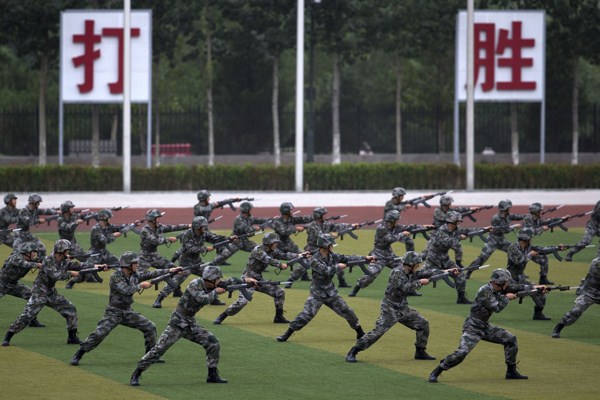The latest edition of the U.S. Defense Department’s annual report on Chinese military power has once again put the spotlight on China’s massive military modernization program. In addition to upgrading its conventional forces, developing anti-access strategies and increasing its cyber and space warfare capabilities, China is modernizing its nuclear forces. Indeed, China is the only one of the five legally recognized nuclear weapons states whose nuclear arsenal is growing in both size and sophistication. These new developments call into question long-standing assumptions about China’s nuclear posture, with implications for regional and global security.
Beijing has long kept the number of its nuclear warheads and delivery systems, especially its intercontinental ballistic missiles (ICBMs), considerably smaller than those of Washington and Moscow. Until recently, common estimates put the number of Chinese land-based ICBMs capable of reaching the continental United States at around two dozen. These were kept at a low peacetime alert level, with the warheads stored separately. In addition, over the years, the Chinese increased the number of their warheads and missiles more slowly than projected by the U.S. government, and Beijing refrained from deploying some strategic capabilities, such as neutron warheads or missiles with multiple warheads, that were technically within reach.
The slow pace of China’s strategic modernization and the modest size of its long-range nuclear arsenal led most observers to believe that China was content with a “second-strike capability” against the United States—the assured ability to retaliate after a pre-emptive U.S. attack with enough force to destroy several major U.S. cities. Chinese analysts apparently assumed this capacity would prove sufficient to deter any nuclear first strike by the U.S. against Chinese territory.

